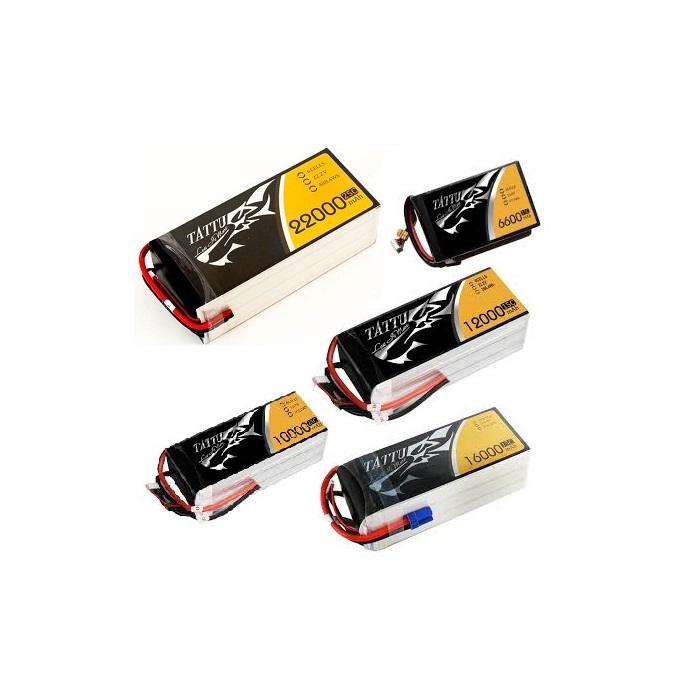Drone Tips
LIPO batteries
LIPO Batteries
LiPo batteries – short for Lithium Polymer are a type of rechargeable battery that has taken the electric RC world by storm, especially for multirotor and fixed wing drones. They are the main reason electric flight is now a very viable option over fuel powered models. Things to always remember when using your LiPo batteries are:
1. After use, leave your batteries empty – DO NOT recharge them until just prior to your next flight.
2. Don’t run your batteries down too low when flying your drone, there’s differing opinions about this but plan to land at 20% and/or keep the level above 10-15%.
3. Never leave your LiPo batteries in a car on a hot day.
4. Charge your batteries in a LiPo bag.
5. Don’t use batteries that are swollen or puffed up.
In short, LiPo’s provide high energy storage to weight ratios, are capable of fast discharges, and come in an endless variety of shapes and sizes.
These benefits are important in any RC model, but for airplanes, helicopters, and multi-rotor they are the reason electric flight has become so popular.
RC LiPo batteries have four main things going for them that make them the perfect battery choice for RC planes and even more so for RC helicopters over conventional rechargeable battery types such as NiCad, or NiMH.
Properties of Lithium Polymer batteries:
- They are light weight and can be made in almost any shape and size.
- Have large capacities, meaning they hold lots of energy in a small package.
- They have high discharge rates to power the most demanding electric motors.
- Unlike NiCad or NiMh; LiPo’s have no “memory-effect”.
In the early days of LiPo batteries, you might have seen a battery pack described as “2S2P”. This meant that there were actually four cells in the battery. Two cells wired in series, and two more wired into the first two batteries in parallel (parallel meaning the capacities get added together). This terminology is not used much nowadays. Modern technology allows us to have the individual cells hold much more energy than they could only a few years ago. Even so, it can be handy to know the older terms, just in case you run into something with a few years on it.
A video of Lipo Battery storage click here

